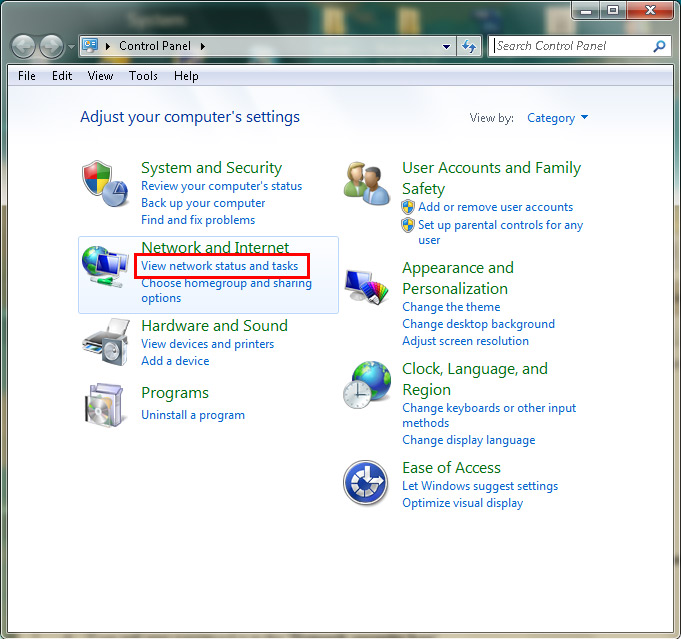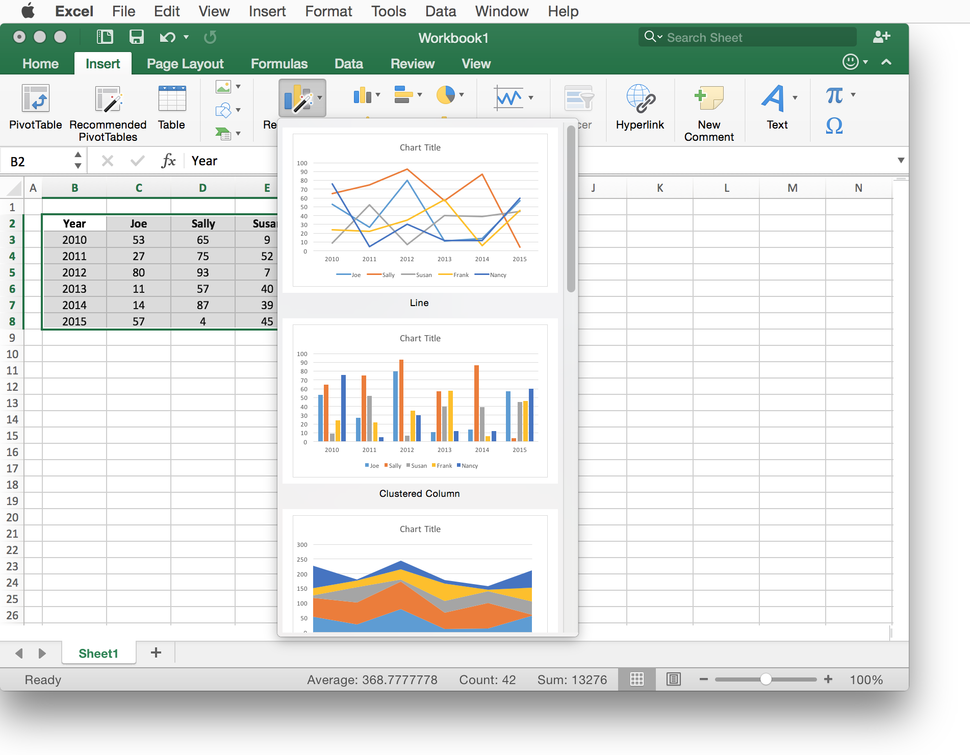- Arabic Proofing Tools
- Excel Proofing Tools
- Excel For Mac Free
- Microsoft Excel For Mac
- Spreadsheet For Mac
- Excel For Mac Tutorial
- Free Microsoft Excel For Mac
The Camera tool in Excel 2011 for Mac creates a “picture” of a range of cells. “Picture” is in quotation marks because these pictures aren’t static; they’re dynamic— they change. Pictures are linked to the range you select, and they update when the range changes.
You can use Excel’s Camera command in a variety of ways:
Display the calculation results of numbers or charts when the calculations and charts are on hidden worksheets (but not hidden rows or columns), other worksheets, or cell ranges that are off-screen. You can keep your formulas out of sight so unwanted visitors are less likely to tamper with them. Because the result is a linked picture, updated results are displayed automatically.
Precisely size and position the picture of the cell range. The Camera command creates an object that you can size and format like a picture. You can position the Camera picture anywhere on a worksheet.
Position live snapshots of various ranges from distant places in a workbook. You can make them fit close together on a worksheet.
Customizing to get the Camera tool in Excel 2011 for Mac
Before you can use this magical tool, you have to turn it on.
- The standard way of uninstalling Mac apps is to drag and drop the app icon in Applications folder and drop it to the Trash on the Dock. Emptying the Trash will execute the removal instantly.
- Type Office Proofing Tools in the search bar at the top of the screen. Hit the 'Enter' key on your keyboard or click the small magnifying glass on the search bar. If Microsoft Office Proofing Tools appears, click on the product.
- I have not been able to access the Quick Access Toolbar in Excel 2016. I run a couple of updates, including an update for Excel 2011 which I still have on my computer.
- We deploying Office 2016 to infrastructure, and can't find proofing tool's for some languages - only full language packs, where Proofing tools are included. Language pack changes Office UI language - it is not required for our scenario.
Choose View→Toolbars→Customize Menus and Toolbars.
Click the Commands tab.
Drag the Camera command to any toolbar (or menu) and click OK.
Using the Camera tool in Excel 2011 for Mac
To use the Camera tool, take these steps:
Oct 14, 2015 We deploying Office 2016 to infrastructure, and can't find proofing tool's for some languages - only full language packs, where Proofing tools are included. Language pack changes Office UI language - it is not required for our scenario. Proofing is used in Excel to check the “Spelling”, “Research”, “Thesaurus”,”Translation” in Excel 2010. This tool allow the users to edit the documents in more than 50 languages. Auto Correct Option is used for correcting typos and spelling mistakes automatically.
Drag over a range of cells and then release the mouse button.
Everything within the selection range becomes part of a Camera picture. Objects (such as graphs or PivotTables) completely within the selection area are included in the resulting Camera picture.
Click the Camera button on the toolbar (or select Camera from the menu if you put the command on a menu).
The cursor changes to a plus sign (+).
Move the mouse cursor to a new location and then drag the mouse to create a Camera picture.
The new location can be on the same worksheet, on another worksheet in the same workbook, or a worksheet in another open workbook (which creates a link).
When using the Camera option, the camera’s linked picture location shouldn’t overlap the original selection range.
Related Articles
- 1 Step by Step Instructions for Creating a Pie Chart in Excel
- 2 Scatter Plot Data on Excel
- 3 Put Two Sets of Data on One Graph in Excel
- 4 Add Space Between Columns in Excel

Although there's no simple one-click option for turning data into a histogram chart in Microsoft Office for Mac, you can use the chart tools in Excel to create a histogram that displays distribution and frequency data in a graphical vertical bar graph format. Before creating your histogram, import or input the data you want to display as a histogram in a new Excel workbook table with separate columns or rows for value and frequency data.
1.Open the workbook file that contains your data in Microsoft Office for Mac Excel.
2.Select and highlight the range of data cells in the table. Don't include the data labels that describe each column or row of data.
3.Click the 'Charts' tab on the main menu ribbon. Click the 'Column' button in the Insert Chart group, and then select the 'Clustered Column' option. Excel displays the selected data in a histogram format. You can select and drag the chart to a convenient location on the screen.
4.Click anywhere on the chart and select and highlight the data cells in the table again.
5.Click the 'Chart Layout' tab in the main menu ribbon. Enter a title for your histogram in the space provided on the chart.
Arabic Proofing Tools
6.Select the 'Axis Labels' button in the Labels group on the ribbon. Click the 'Vertical Axis Title' button and enter a vertical axis title in the space on the chart. Select 'Axis Labels' followed by 'Horizontal Axis Title' and type a horziontal access title in the space on the chart.
7.Click on any bar in the histogram to select all bars, and then choose 'Format Data Point' in the context menu.
8.Excel Proofing Tools
Change the value in the 'Gap Width' box to '0%' to remove all space between the bars in the histogram, and then click the 'OK' button.
9.Save the workgroup document to preserve your histogram.
Tip
- To increase or decrease the size of the histogram, click on any corner of the chart and drag up or down with your mouse.
Warning
Excel For Mac Free
- The information in this article applies to Microsoft Office for Mac 2011. It may differ slightly or significantly for other versions of Microsoft Office.
References (2)
Resources (2)
About the Author
Adrian Grahams began writing professionally in 1989 after training as a newspaper reporter. His work has been published online and in various newspapers, including 'The Cornish Times' and 'The Sunday Independent.' Grahams specializes in technology and communications. He holds a Bachelor of Science, postgraduate diplomas in journalism and website design and is studying for an MBA.
Microsoft Excel For Mac
 Cite this Article
Cite this Article